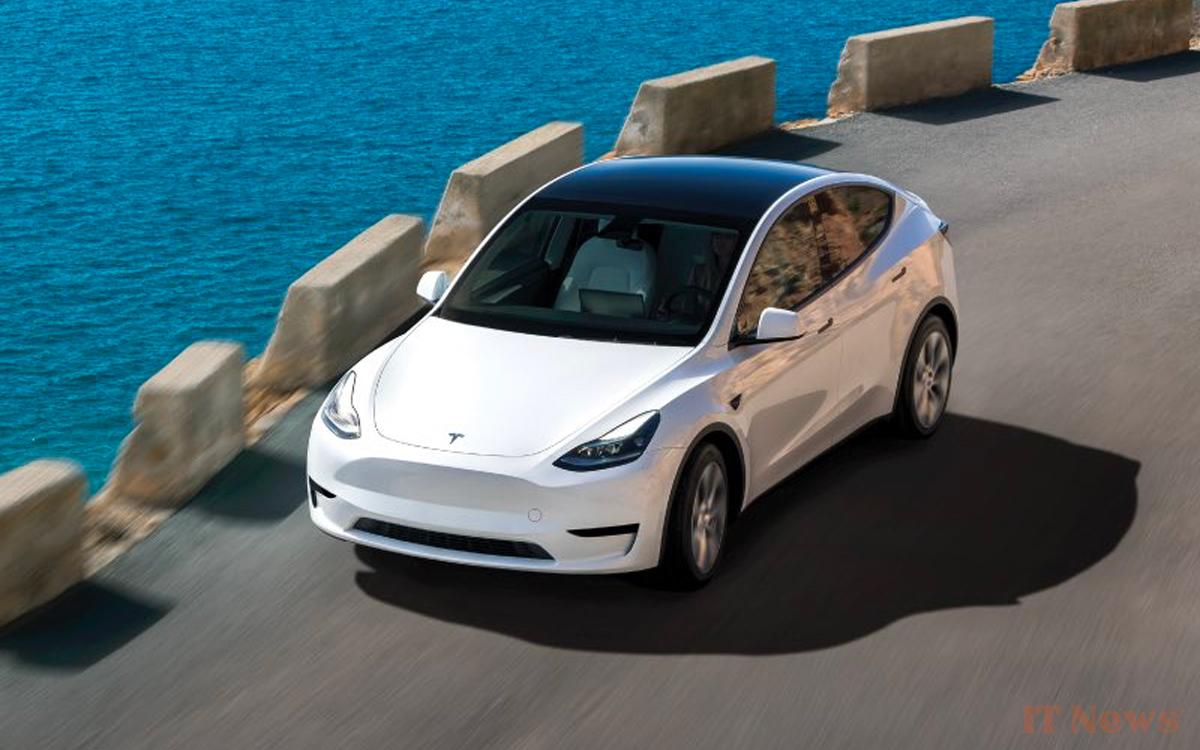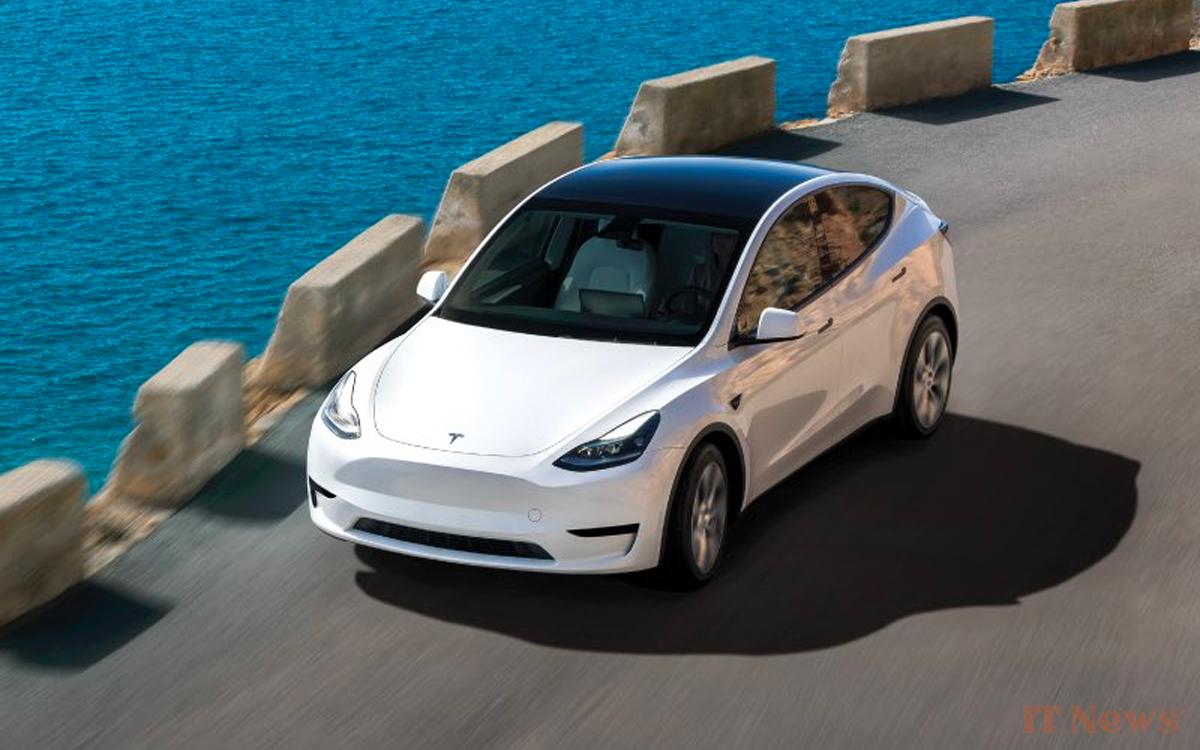Tesla is relying heavily on cameras for its autonomous driving system, unlike its competitors, which also use radar and lidar. But a new video highlights the limitations of this approach. During a test, a Tesla car was fooled by a visual illusion on the road.
Autonomous driving is one of the biggest challenges facing the automotive industry. While most companies combine multiple sensors, Tesla has made the radical choice to rely solely on cameras. Elon Musk claims that this approach, inspired by human vision, will allow vehicles to adapt to all situations. But this strategy is regularly criticized for its flaws in difficult conditions.
A test conducted by engineer and YouTuber Mark Rober highlights these limitations. He compared a Tesla Model Y equipped with Autopilot to a car using lidar in several situations. While the Tesla managed to detect a child dummy on the road, it failed in fog and pouring rain. But the most striking test remains that of a fake tunnel painted on a wall, like Road Runner and Coyote: it did not recognize the obstacle and drove straight ahead.
Tesla's Autopilot gets tricked by a wrong road
In this experiment, the car equipped with lidar had no trouble detecting the wall. This sensor, which uses a laser system to measure the distance of objects, doesn't trust appearances. In contrast, Tesla's Autopilot, which relies solely on its cameras, was fooled by the illusion and continued on its way. This test perfectly illustrates a recurring criticism of the brand's approach: its vehicles interpret the environment based on images, but without sensors capable of physically detecting obstacles, they remain vulnerable to illusions and difficult weather conditions.
Despite these failures, Elon Musk continues to defend the "vision-only" approach. According to him, a sufficiently advanced AI could one day compensate for these shortcomings and offer fully autonomous driving. Yet even he has privately acknowledged that high-resolution radars could improve safety, while asserting that they do not yet exist. Meanwhile, manufacturers such as Mercedes-Benz with its S-Class and EQS, or Volvo with its EX90, are banking on next-generation lidars to improve the autonomy and safety of their vehicles. Faced with With these developments, the American giant's strategy seems increasingly risky.




0 Comments